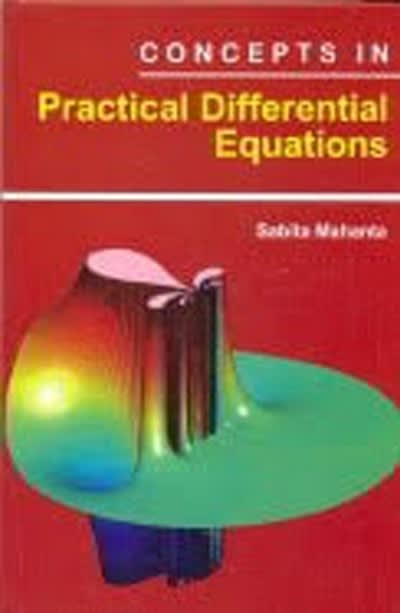In statistical hypothesis testing a type I error is the rejection of a true null hypothesis
here null hypothesis H0:p?0.55 ( it is true but rejected)
answer is option A
question 2)
p(z>x ) =1-p(z
p(z>-1.96) = 0.975
answer is option B
7 .00 .01 .02 -3.4 .0003 ,0003 ,0003 -3.3 .0005 .0005 .0005 -3.2 .0007 .0007 .0006 -3.1 .0010 .0009 .0009 -3.0 .0013 .0013 .0
8) A negative charge, if free, tries to move A) in the direction of the electric field. B) from low potential to high potential. C) from high potential to low potential. D) away from infinity. E) toward infinity. 9) Gaussian surfaces A and B enclose the same positive charge +Q. The area of Gaussian surface A is three times larger than that of Gaussian surface B. The flux of electric field through Gaussian surface A is A) nine times larger than the flux of electric field through Gaussian surface B. B) unrelated to the flux of electric field through Gaussian surface B. C) equal to the flux of electric field through Gaussian surface B. D) three times smaller than the flux of electric field through Gaussian surface B. 10) If the electric field is in the positive x direction and has a magnitude given by E = Cx, where C is a constant, then the electric potential is given by V= A) 2Cx B) -2Cx C) Cx3/3 D) -CP3/3 E) -3Cx 2A Gaussian (closed) surface is drawn around a region of space. There are 25 field lines leaving the Gaussian surface, and 35 field lines entering the Gaussian surface. True or False: The region of space inside the Gaussian surface must contain some positive charge. True Falseq Gauss' law may be written as '95: e O . Which of the following statements concerning the charge or is true? L!) The charge q is the sum of all charges outside the Gaussian surface. C) The electric eld due to q is zero inside the Gaussian surface. Q The charge q is the sum of all charges on the Gaussian surface. L) The charge q is the sum of all charges inside the Gaussian surface. L; The charge q is the sum of all charges inside and outside the Gaussian surface. 8) A negative charge. if free, tries to move A) in the direction of the electric field. B) from low potential to high potential. C) from high potential to low potential. D) away from infinity. E) toward infinity. 9) Gaussian surfaces A and B enclose the same positive charge +Q. The area of Gaussian surface A is three times larger than that of Gaussian surface B. The flux of electric field through Gaussian surface A is A) nine times larger than the flux of electric field through Gaussian surface B. B) unrelated to the flux of electric field through Gaussian surface B. C) equal to the flux of electric field through Gaussian surface B. "Dj three times smaller than the flux of electric field through Gaussian surface B. 10) If the electric field is in the positive x direction and has a magnitude given by E = Cx, where C is a constant, then the electric potential is given by V = A) 2Cr B) -2Cx C) Ce/3 D) -Cx/3 E) -30x










